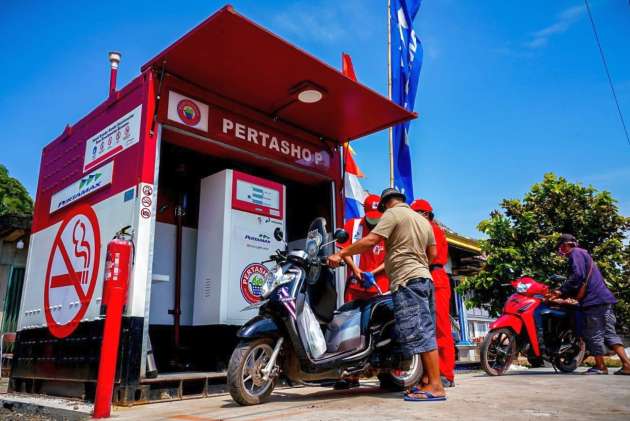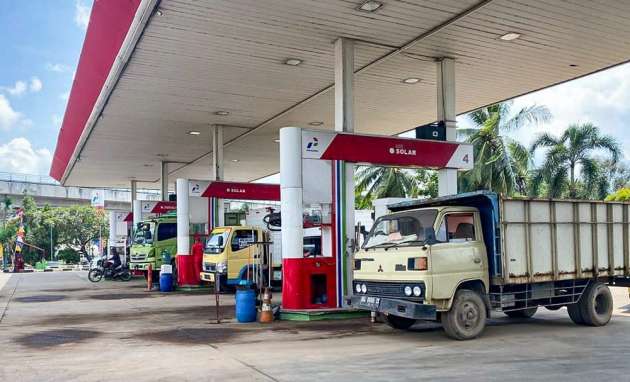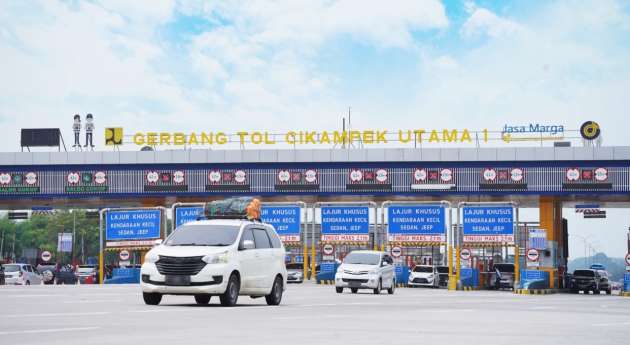Fuel prices are up by about 30% in Indonesia as the government reduced subsidies, the first time it has done so in eight years, and the people are showing their unhappiness on the streets.
According to Reuters, protests took place in and around capital city Jakarta, as well as in the cities of Surabaya, Makassar, Kendari, Aceh and Yogyakarta. Police were seen guarding petrol stations in Jakarta, fearing that they could become targets of protestors.
Small rallies took place last weekend and on Monday, with tyres burned and some roads blocked as demonstrators vented their anger. Thousands marched in Jakarta on Tuesday, chanting slogans denouncing president Joko Widodo decision and also calling for an increase in the minimum wage. The protests are led by students and labour groups. Unions say the fuel subsidy cut will hurt workers and the urban poor the most.
Last Saturday, the ASEAN country of 270 million people raised the price of its RON 90 petrol, the most commonly used ‘BBM’ in the republic. Pertalite, as it’s known, is now priced at 10,000 rupiah (RM3.02) per litre, up from 7,650 rupiah (RM2.31). Steep as the hike is, this isn’t a full removal of subsidy – Indonesia’s finance ministry said state energy company Pertamina’s production cost for RON 90 is 14,450 rupiah (RM4.37) per litre.
RON 92 petrol, known as Pertamax, is now 14,500 rupiah (RM4.38) per litre, up from 12,500 rupiah (RM3.78). Meanwhile, diesel is now pegged at 6,800 rupiah (RM2.05) per litre, up from 5,150 rupiah (RM1.55). The subsidy for diesel has been kept high, as production cost is 13,950 rupiah (RM4.22). Big companies are not allowed to buy subsidised fuel. .
Why raise prices? As is the case for the rest of the world, including Malaysia, energy costs are very high now and Indonesia has already tripled its energy subsidy spending this year to 502.4 trillion rupiah (RM152.1 billion) to keep subsidised fuel prices and electricity tariffs unchanged. Current oil prices are about 32% higher than a year ago.
Raising fuel prices is never an easy thing to do, more so in the current inflation climate (August inflation was 4.69%, and the rate has been above the central bank’s target for three months in a row), and the Jokowi administration has sought to soften the blow through compensation measures for 20 million households, including direct cash transfers. The government has set aside 24.17 trillion rupiah (RM7.28 billion) for additional welfare programmes, and has even set up hotlines to hear complaints.
“These are very difficult conditions, but if you look at the assistance provided by the government, it is quite large. We hope this could help cushion the rise in prices that the people are facing,” said minister of social affairs Tri Rismaharini.
Protests are nothing new in Indonesia, and previous fuel price increases led to mass protests across the republic, including when Jokowi last raised prices in 2014. Still, it takes a brave leader to do what’s right for the long term at the cost of popularity. Indonesia’s next general elections will be in 2024.
Ferocious demonstrations have erupted for days in #Indonesia following the government's decision to impose a 30% hike on fuel prices.
Large protests, including tire fire barricades, have now spread to a half dozen cities pic.twitter.com/V4v5Y6Iugi
— Ill Will (@illwilleditions) September 7, 2022
The vice-president of #Indonesia is forced to flee after his motorcade was intercepted by demonstrators angry at the rise in fuel prices pic.twitter.com/Ezta6EmwTs
— Ill Will (@illwilleditions) September 7, 2022
The post Protests in Indonesian cities as fuel prices rise by 30% – first subsidy reduction in 8 years, RON 90 at RM3.02 appeared first on Paul Tan's Automotive News.




0 Comments